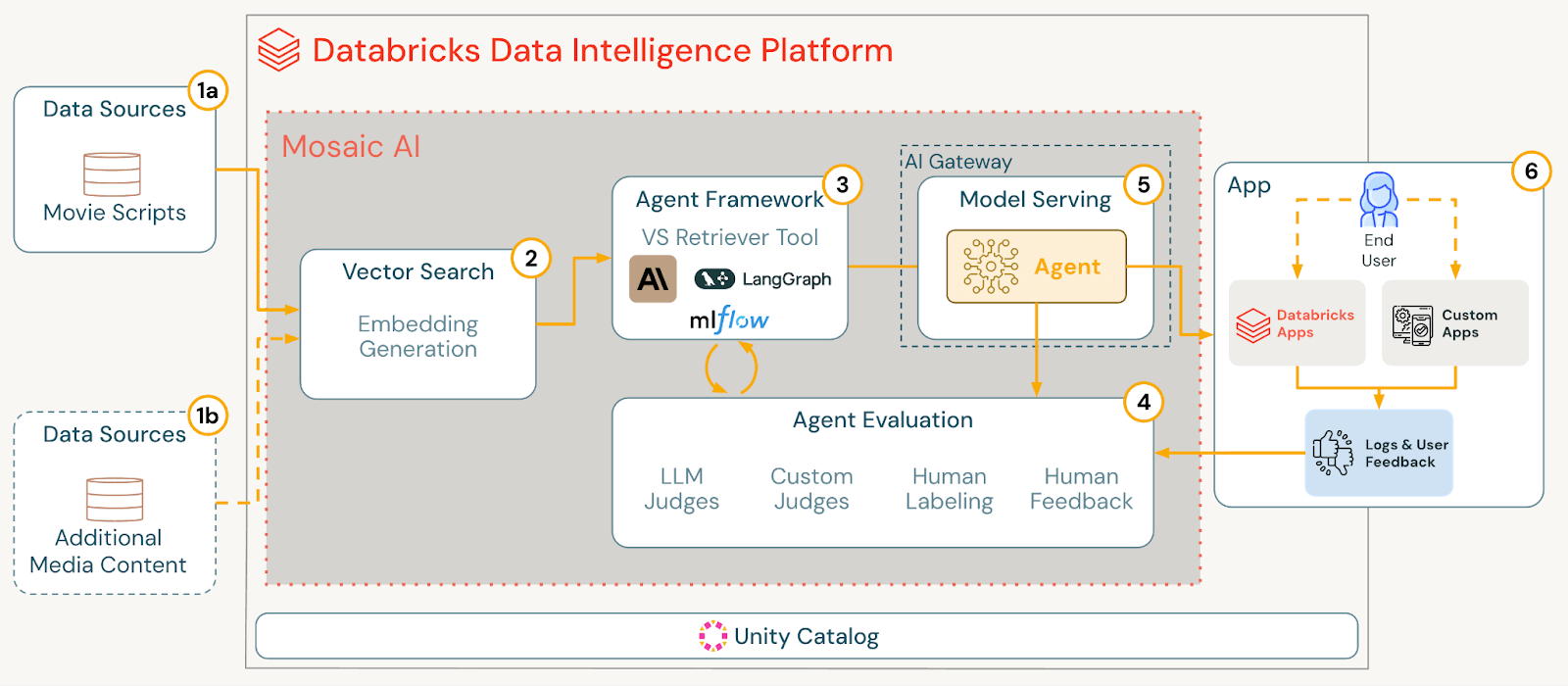Digital advertising is evolving rapidly, and the days of simple keyword-based ad placement are over. Advertisers now seek more sophisticated methods to ensure their messages reach the right audience at the right time. Enter AI agents powered by platforms like Databricks, that harness deep contextual understanding to revolutionize how ads are matched to content. This leap forward promises higher relevance, stronger engagement, and smarter ad spend.
Innovative Approaches to Contextual Placement
Modern AI agents go far beyond basic keyword matching. Leveraging advanced multi-modal models and vector search, they analyze full texts such as movie scripts or podcast transcripts, to detect nuanced, semantically relevant moments for ad placements.
For instance, a pet food brand can have its ad appear during a heartwarming dog scene, even if the script never mentions pet food. This shift is made possible by several technological innovations:
- Multi-Modal Models & Vector Search: These tools allow AI to identify semantically similar content, ensuring ads appear in truly relevant contexts, not just those with matching keywords.
- Data Preprocessing: Scripts and texts are broken down into scenes, enriched with metadata, and chunked for maximum contextual clarity. By indexing these scene-level chunks, accuracy and nuance in ad targeting are greatly improved.
- Retrieval Augmented Generation (RAG): AI creates embeddings of scene data, storing them in a vector index. This enables rapid, precise retrieval of the most context-rich ad opportunities.

Solutions Overview.
Building Smarter AI Agents
Databricks provides a robust foundation for building and orchestrating these AI agents. The system integrates tools like Unity Catalog, MLflow, and LangGraph to ensure not only powerful retrieval but also data governance and transparency. The agent’s intelligence comes from systematic accesses of structured data for highly accurate recommendations.
- Function Wrapping: By embedding vector search within SQL functions, the AI agent combines semantic search with enterprise-grade governance.
- Continuous Evaluation: MLflow 3.0 provides a suite of evaluation tools, including LLM judges and synthetic data generation, to quantitatively assess and refine agent performance. This rigorous feedback ensures recommendations remain relevant, safe, and publisher-ready.
- Human-in-the-Loop Feedback: Experts use the Databricks Review App to label outputs, test recommendations, and build a gold-standard dataset. This human oversight is crucial for ongoing improvement and reliability.
Deployment and Real-World Impact
Once an AI agent is trained and validated, it can be deployed via Databricks Model Serving, offering secure, scalable, real-time API access. This makes integration with existing ad tech stacks seamless. The architecture even supports image-to-text capabilities, empowering advertisers to upload visuals and receive placement suggestions tailored to contextual relevance.
- Integration Flexibility: Through Model Context Protocol (MCP) servers, the solution adapts to a variety of advertising systems, making it accessible for publishers, brands, and media agencies alike.
- Continuous Learning: Every user interaction and feedback loop is logged, ensuring the AI agent evolves with new data and shifting advertiser goals.
The Future of Advertising Is Contextual
Harnessing the power of AI agents for contextual content placement represents a new era in advertising. With smarter targeting, reduced waste, and more engaging campaigns, both brands and audiences stand to benefit. Databricks' innovation demonstrates how scalable, intelligent frameworks can reshape the digital advertising landscape for years to come.
Explore Databricks blog post for detailed implementation guides and tips on working with Contextual Content on Databricks

How AI Agents Are Revolutionizing Contextual Content Placement in Advertising